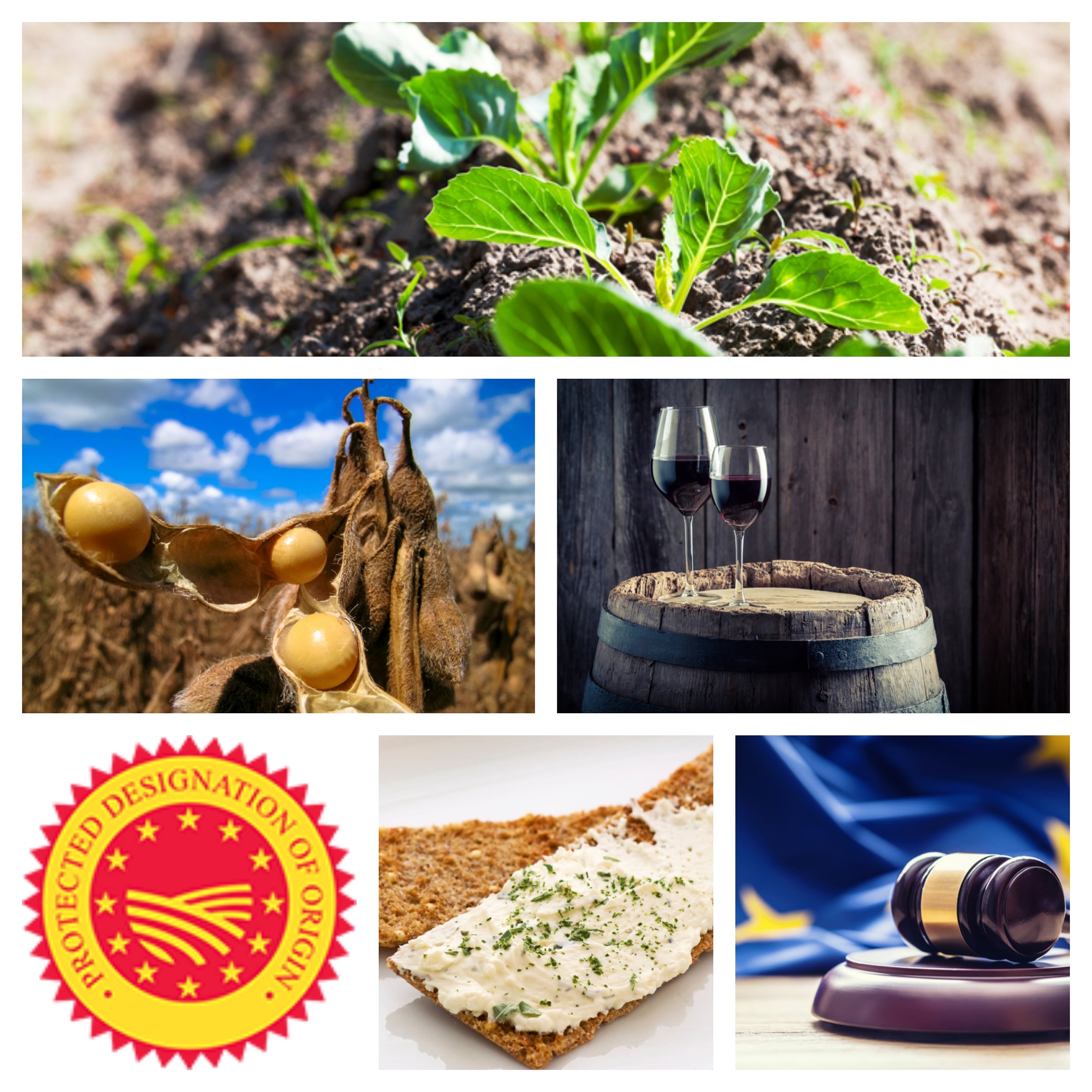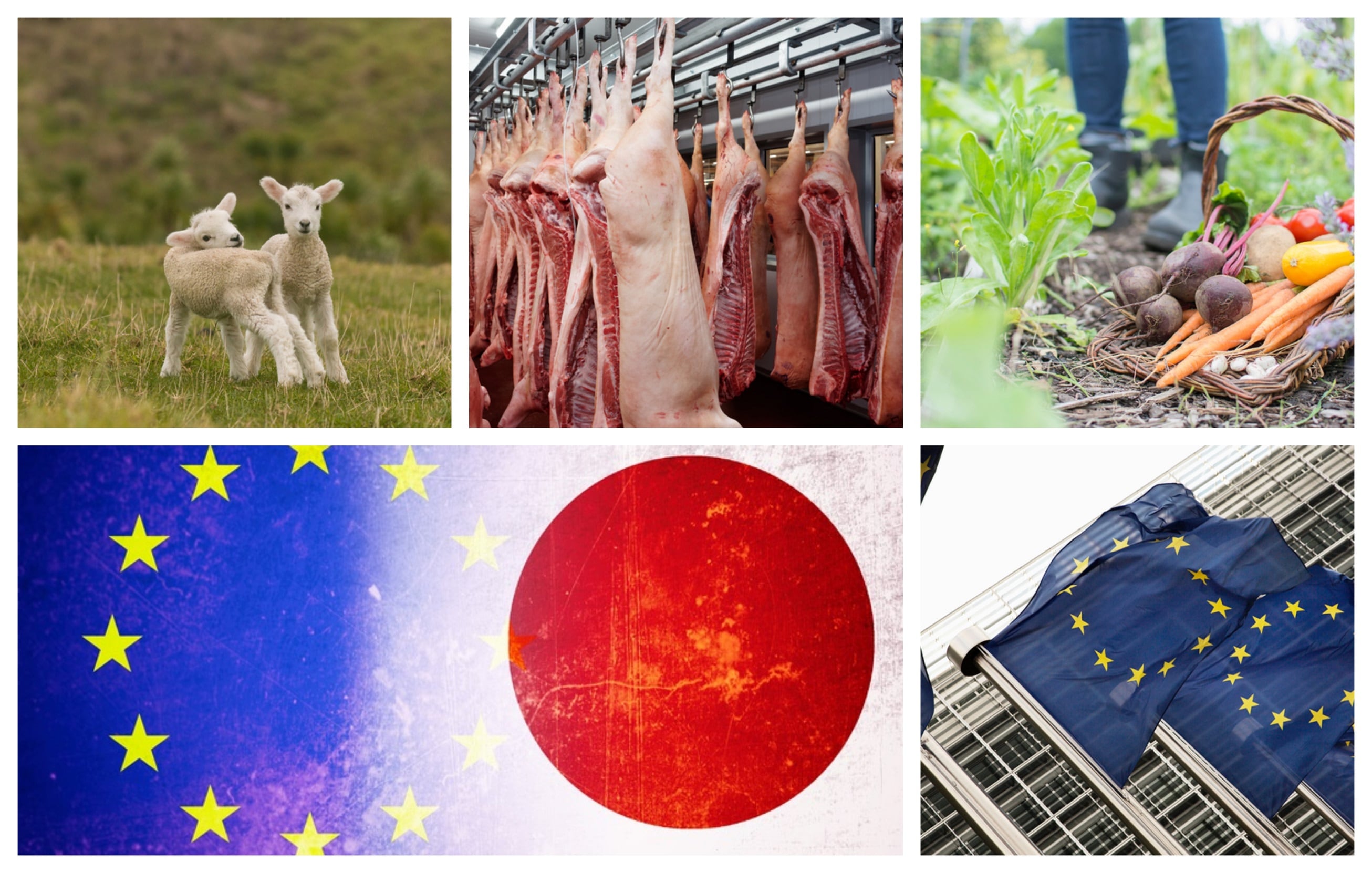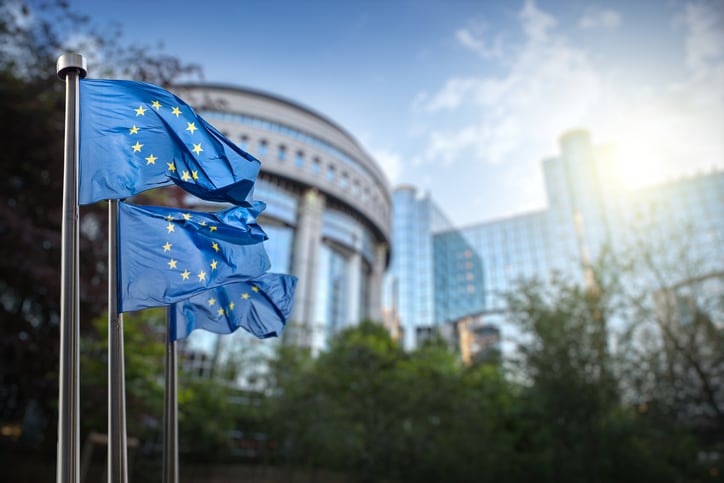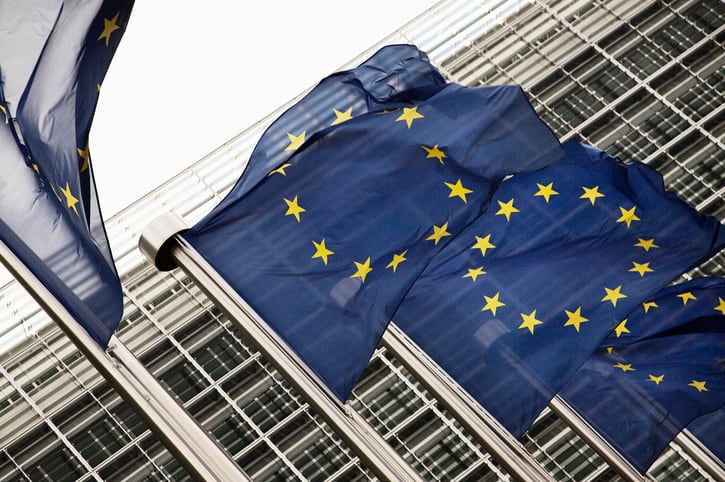Plant protein policy push
The Commission adopted a report on how to develop a European plant protein strategy for food and feed, which proposes €200 million in 2019 to promote plant protein for nutrition, health, climate and the environment.
The full report can be read here.
At a high-level conference in Vienna yesterday, agriculture and rural development commissioner Phil Hogan said: "Plant protein is an essential component of our European agri-food sector, which produces food and drink to the highest standards in the world. However, due to a variety of market and climatic factors, European protein crop production is not sufficient to cover the growing demand. In that regard, I also want to acknowledge the strong interest of the European Parliament in further supporting protein production in Europe," Hogan said, calling the report an important reference-point for further action.
The EU’s self-sufficiency rate for protein varies depending on the source, which ranges from 79 % for rapeseed to just 5 % for soy. This overall ‘protein deficit’ means the EU imports around 17 million tonnes of crude protein each year, mainly from Brazil, Argentina and the US.
Cleaner, greener fertilisers
The European Parliament and Council of Europe negotiators have reached a provisional deal on fertilisers and the heavy metal cadmium.
The text sets limits for heavy metals, such as 60 mg/kg for cadmium, in phosphate fertilisers to reduce health and environmental risks. Policymakers also agreed on a voluntary ‘low cadmium’ label for fertilisers with less than 20 mg/kg.
The new rules also promote more use of recycled materials for producing fertilisers, both developing the circular economy and reducing dependence on imported nutrients. Currently, only 5% of waste organic material is recycled and used as fertilisers.
The EU imports more than 6 million tonnes of phosphate rock a year, up to 2 million tonnes of phosphorus could be recovered from sewage sludge, biodegradable waste, meat and bone meal or manure, according to the Commission figures.
The draft rules, which still have to be validated by member states, the IMCO committee, the EU parliament and the Council of ministers before actually coming into force, also opens up market access for innovative, organic fertilisers, which would give farmers and consumers a wider choice and promote ‘green innovation’, said a statement by the Commission.
Environment Committee rapporteur Elisabetta Gardini said the deal was “an excellent result for SMEs".
“The new rules include reasonable limits for contaminants and, finally, access to the market for all those products that were excluded before. A single, harmonised limit is finally in place at European level for all contaminants, especially for cadmium, which is the one that most worries the member states. Since this is very sensitive, the cadmium limit established by the regulation can be reviewed after seven years from its entry into force.”
Loco logo
This month, Spain officially adopted the Nutri-Score nutrition logo while the five food and drink manufacturers involved in the Evolved Nutrition Label (ENL) have either withdrawn from the scheme (Nestlé) or are putting the label’s trials for food products "on hold" (Unilever, Mondelez, PepsiCo and Coca-Cola). The ENL announcement was welcomed by public health campaigners who had decried the logo’s misleading choice of colours based on its small portion sizes.
However, all the companies cited the European Union’s failure to define portion sizes as a reason for causing such confusion.
A Commission spokesperson for health and food safety did not reply when asked by FoodNavigator if it planned to set a legal definition of portion sizes. But, the Commission intends to publish "in the coming months" a report, which will analyse the various voluntary schemes in place.
The spokesperson added: “At the same time, the Commission considers that when such a scheme attributes a positive message (i.e. a green colour) it fulfils the legal definition of a nutrition claim as it provides information on the beneficial nutrition quality of the food. When the green colour is highlighted, the Nutri-Score scheme could therefore be considered as a nutrition claim.”
There's no such thing as ©Taste
In case you missed our coverage of it this week, the EU Court of Justice ruled that the taste of a product cannot be protected by copyright law because it is ‘too subjective’ to stand up legally.
The dispute was referred to the top EU court after Dutch cheese producer Lecola accused fellow Dutch dairy Smilde of ‘infringing’ on the distinctive taste profile of its Heks’nkaas brand, a spreadable garlic and herb cheese, with its Witte Wievenkaas cream cheese.
However, the judge ruled that taste is “an idea” not “an expression of an original intellectual creation” – and therefore not protected by copyright law.
In favour of its case, Lecola cited a 2006 ruling that found Lancome could copyright the scent of its perfumes.
Wine not
Three traditional European wines – two from the Netherlands and one from Romania - have been granted protected designated origin status.
Vijlen wine comes from the wine growing area in the south of Netherlands located on the border with Germany and Belgium, while Oolde wine is produced in the more northerly province of Gelderland.
They can both be produced as red, white or rosé, plain or sparkling, using grape varieties well-adapted to the Dutch climate. Oolde is also produced as a liquor wine.
“The wines are created by a unique combination of varieties and the related human aspects (cultivation/vinification), creating beautiful cuvées of new and classic varieties,” reads the description of Vijlen. “The organoleptic and analytical characteristics result from the combination of the soil, climate, and human aspects (cultivation and vinification), which produce red wines with a full tannin structure and white/rosé wines that are predominantly full and fruity.”
The Commission also approved the registration of Romanian wine Însurăţei. Produced in the eastern county of Brăila, the wine can be white, red or rosé. “The culture of vineyard in the Insurăţei dates back to ancient times. The use of specific farming techniques that respect the environment helps to maintain the balance of the region's fauna and flora,’ said the Commission.




